The Best Fluffy Pancakes recipe you will fall in love with. Full of tips and tricks to help you make the best pancakes.
Few desserts capture the elegance and nostalgia of the Roaring Twenties quite like Lemon Cakes Great Gatsby Recipe. In F. Scott Fitzgerald’s iconic novel, these delicate treats appear in a pivotal scene where Jay Gatsby and Daisy Buchanan reunite over afternoon tea at Nick Carraway’s house. The mention of “a plate of little lemon cakes” adds a touch of sophistication to the moment, reflecting the opulence and charm of the Jazz Age.
Inspired by this literary classic, our Lemon Cakes Great Gatsby Recipe brings the flavors of the 1920s to life. Light, citrusy, and perfect for tea time, these cakes are ideal for a Gatsby-themed party, a book club gathering, or a vintage-style afternoon tea. In this post, we’ll explore the history behind this dessert, share an easy step-by-step recipe, and offer tips on how to serve it with Gatsby-worthy flair.
Let’s step back into the extravagant world of West Egg and bake a treat that’s truly fit for Gatsby himself!
The Significance of Lemon Cakes in The Great Gatsby
In The Great Gatsby, food and drink often serve as subtle symbols of wealth, luxury, and emotional tension. One of the most memorable food mentions in the novel is the plate of little lemon cakes that appear during Gatsby and Daisy’s long-awaited reunion. While these cakes may seem like a small detail, they play a significant role in setting the tone for this emotional scene and reflecting the elegance of the Roaring Twenties.
The Iconic Tea Scene with Gatsby and Daisy
The lemon cakes appear in Chapter 5, when Nick Carraway hosts an afternoon tea at his home to facilitate Gatsby and Daisy’s first meeting in years. Gatsby, nervous and eager to impress, has arranged everything down to the finest detail, including an extravagant display of flowers.
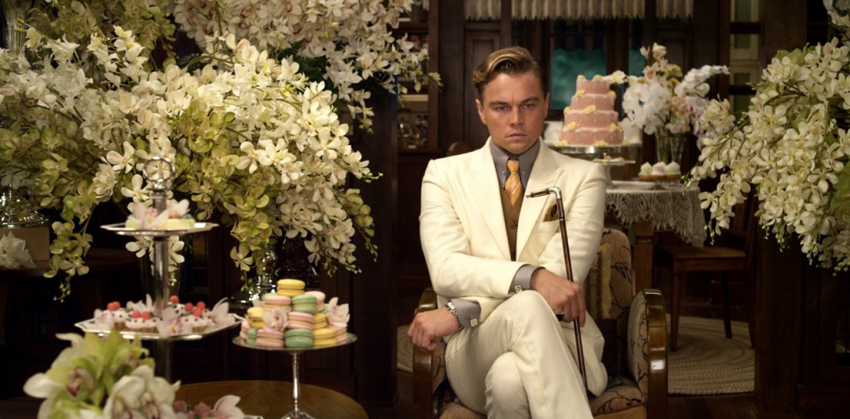
When Daisy arrives, Nick serves “a plate of little lemon cakes”, a seemingly ordinary addition to the tea table. However, these cakes help break the tension in the room, offering a sense of comfort amid the awkwardness and anticipation between Gatsby and Daisy.
The choice of lemon is also symbolic—citrus flavors can be both sweet and tart, much like Gatsby’s emotions at this moment. His long-held dreams of rekindling his love with Daisy are filled with romantic idealism, but there is also an underlying bitterness to his obsession with recreating the past.
Roaring Twenties Desserts & Tea Culture
During the 1920s, afternoon tea was a refined and fashionable social event, especially among the upper class. Inspired by British traditions, elegant tea parties featured delicate pastries, finger sandwiches, and small cakes served with fine china and silverware.
Lemon cakes, in particular, were a popular choice for tea tables due to their light texture and refreshing citrus flavor. Recipes for tea cakes, madeleines, and lemon-scented sponge cakes frequently appeared in early 20th-century cookbooks, reflecting the era’s preference for elegant yet simple desserts.
Gatsby’s insistence on perfection—including these small cakes—mirrors the extravagance of the Jazz Age, where excess and indulgence were central to high society. Everything, even a plate of tea cakes, had to be just right.
Why Lemon Cakes Fit the Jazz Age Theme
Lemon cakes are more than just a tasty treat; they embody the luxury, nostalgia, and sophistication of Gatsby’s world. Here’s why they’re the perfect dessert for a 1920s-inspired gathering:
- Elegant and Delicate – Their small, refined size makes them ideal for a lavish tea setting, much like those enjoyed by the wealthy elite in West Egg.
- Sweet Yet Tart Flavor – The contrast between sugar and citrus reflects the bittersweet themes of love and longing in the novel.
- A Symbol of Old Money vs. New Money – Gatsby meticulously arranges everything to impress Daisy, reflecting his desperate attempt to match the elegance of old-money traditions through extravagant displays.
By serving lemon cakes, you’re not just baking a delicious dessert—you’re recreating a small yet meaningful part of one of literature’s most iconic moments. Whether you’re hosting a Gatsby-themed party, a book club meeting, or simply indulging in an elegant afternoon tea, these cakes transport you back to the glamour and emotion of the Jazz Age.
Ingredients for a Classic Gatsby-Inspired Lemon Cake
To recreate the delicate lemon cakes mentioned in The Great Gatsby, we’ll use ingredients that reflect 1920s baking traditions while ensuring a moist, tender crumb with a bright citrus flavor. These cakes are light, subtly sweet, and perfect for an elegant afternoon tea.
Below is a detailed breakdown of the essential ingredients that make this cake truly special.
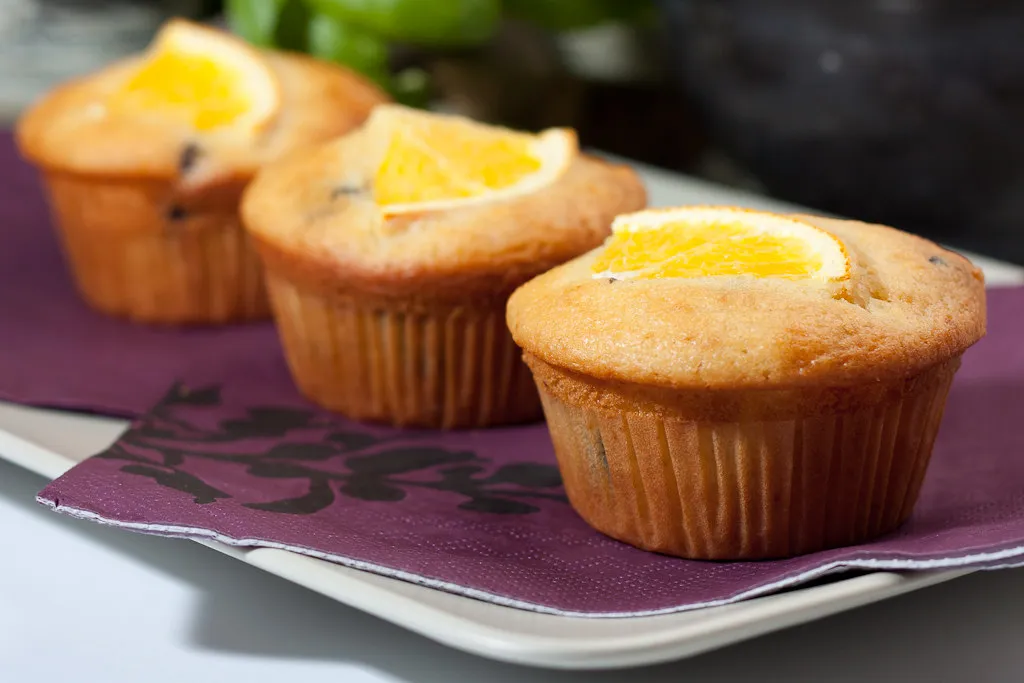
Essential Baking Ingredients
1. All-Purpose Flour (1 ½ cups, sifted)
- Provides structure to the cake while keeping it light and fluffy.
- In the 1920s, cakes were often made with sifted flour to ensure a delicate texture, so sifting is recommended.
2. Baking Powder (1 ½ teaspoons)
- A leavening agent that helps the cakes rise, giving them a soft, airy texture.
- Baking soda was available in the 1920s, but baking powder became widely used for consistent results in sponge cakes.
3. Granulated Sugar (¾ cup)
- Adds sweetness and helps create a tender crumb.
- White granulated sugar was commonly used in Jazz Age desserts.
4. Unsalted Butter (½ cup, softened)
- Gives the cake a rich, buttery flavor and soft texture.
- Butter was a key ingredient in high-society baking, as it symbolized luxury and indulgence.
5. Eggs (2 large, room temperature)
- Essential for binding the ingredients and adding moisture.
- Room-temperature eggs blend more easily into the batter, creating a smoother texture.
6. Whole Milk (½ cup) or Heavy Cream
- Keeps the cake moist and tender while enhancing richness.
- In the 1920s, heavy cream was often used in baking for a more decadent texture, especially in cakes served at afternoon teas.
7. Fresh Lemon Juice (¼ cup)
- Provides natural citrus flavor and enhances the cake’s lightness.
- Lemons were a popular ingredient in vintage baking, frequently used in cakes, cookies, and curds.
8. Lemon Zest (1 tablespoon, finely grated)
- The zest contains essential oils that intensify the lemon flavor without adding excess moisture.
- It enhances the cake’s aroma, making it even more refreshing.
9. Vanilla Extract (1 teaspoon)
- Adds depth and warmth to balance the tartness of the lemon.
- Vanilla was a common flavoring in 1920s desserts, often used in delicate sponge cakes.
10. A Pinch of Salt
- Enhances all the other flavors and prevents the cake from tasting overly sweet.
Jazz Age Flavor Enhancements
To make these lemon cakes even more authentic to the 1920s, you can incorporate some vintage-inspired ingredients:
- A Touch of Honey (1 tablespoon, optional) – Many early 20th-century cakes used honey as a natural sweetener.
- A Dash of Nutmeg (⅛ teaspoon, optional) – A subtle spice that was sometimes used in tea cakes for warmth.
Optional Glaze for an Elegant Finish
To elevate the cakes, add a light lemon glaze made from:
- 1 cup powdered sugar
- 2 tablespoons fresh lemon juice
- 1 teaspoon heavy cream (optional, for richness)
Drizzle over the cooled cakes for a delicate, refined touch, perfect for a Gatsby-style afternoon tea.
Step-by-Step Guide to Baking Lemon Cakes Gatsby-Style
Recreating the delicate lemon cakes from The Great Gatsby means paying attention to texture, flavor, and presentation—just as Gatsby himself would have insisted. These cakes should be light, airy, and infused with citrus, perfect for an elegant afternoon tea or a Jazz Age-inspired gathering.
Follow this detailed step-by-step guide to ensure your lemon cakes turn out just as sophisticated as the Roaring Twenties era they represent.
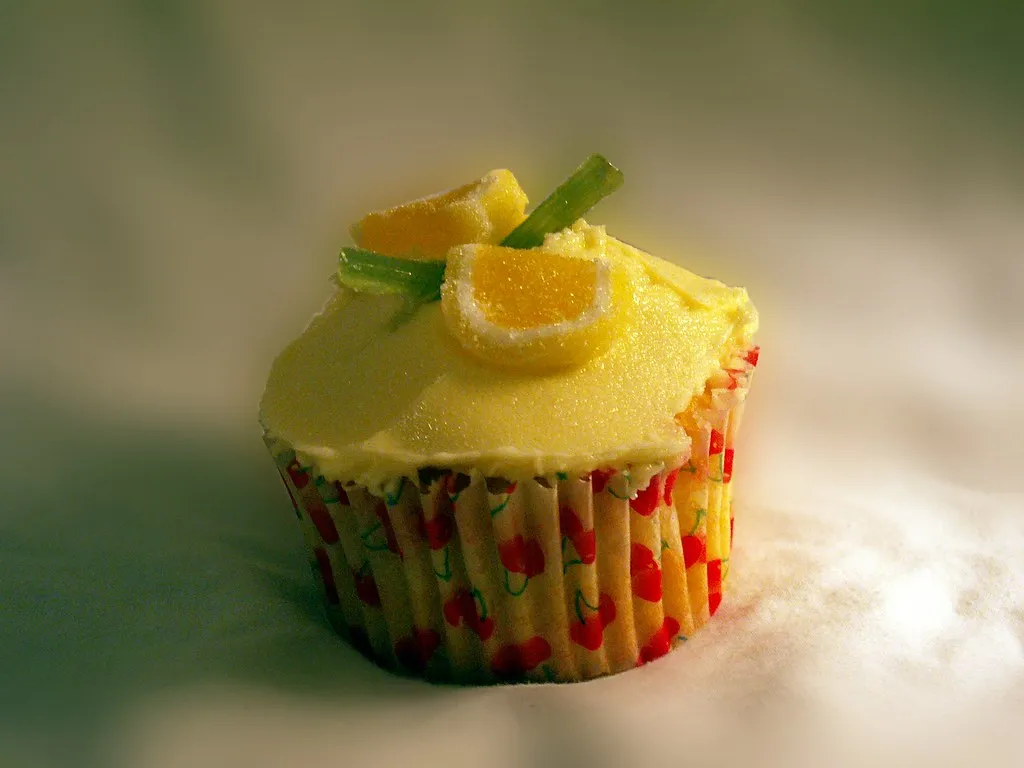
Step 1: Gather and Prepare Your Ingredients
Before you begin, it is essential to measure out and prepare all ingredients. Baking in the 1920s often emphasized precision, and following this tradition will help ensure success.
- Bring the butter, eggs, and milk to room temperature for better mixing and an even texture.
- Sift the flour and baking powder to achieve a light and delicate crumb, which was a hallmark of vintage tea cakes.
- Finely grate the lemon zest, using only the outer yellow layer to avoid bitterness.
- Preheat the oven to 175°C (350°F) to ensure even baking.
Step 2: Cream the Butter and Sugar for a Light, Fluffy Texture
In a large mixing bowl, beat ½ cup (1 stick) of unsalted butter and ¾ cup granulated sugar together until the mixture becomes light and fluffy. This step incorporates air into the batter, giving the cakes their soft texture.
Creaming for at least three to four minutes will create the perfect consistency. In the 1920s, bakers used wooden spoons or hand beaters, but an electric mixer makes this step easier today.
Step 3: Incorporate the Eggs and Flavorings
- Add two large eggs, one at a time, beating well after each addition.
- Mix in one teaspoon of vanilla extract, ¼ cup of fresh lemon juice, and one tablespoon of finely grated lemon zest.
- The batter may look slightly curdled at this stage, but it will come together once the dry ingredients are added.
Step 4: Mix the Dry and Wet Ingredients Gently
- In a separate bowl, whisk together 1 ½ cups of all-purpose flour, 1 ½ teaspoons of baking powder, and a pinch of salt.
- Add the flour mixture to the butter mixture in three additions, alternating with ½ cup of whole milk or heavy cream.
- Start and end with the flour mixture, folding gently to avoid overmixing, which can make the cakes dense.
To maintain a light, tender crumb, it is best to use a spatula to fold the ingredients rather than a mixer.
Step 5: Bake the Cakes to Perfection
- Spoon the batter into small greased muffin tins, mini cake molds, or madeleine pans for an authentic Gatsby-era presentation.
- Bake in the preheated oven at 175°C (350°F) for 15 to 18 minutes, or until a toothpick inserted into the center comes out clean.
- Let the cakes cool in the pan for five minutes before transferring them to a wire rack.
The cakes should have a light golden color on top but remain soft inside.
Step 6: Prepare a Delicate Lemon Glaze (Optional but Recommended)
To give the cakes a refined finishing touch, drizzle them with a simple lemon glaze:
Glaze Ingredients
- 1 cup powdered sugar
- 2 tablespoons fresh lemon juice
- 1 teaspoon heavy cream (optional, for extra richness)
Instructions
- Whisk the ingredients together until smooth.
- Drizzle the glaze over the cooled cakes and let it set for about ten minutes before serving.
- If serving at a Gatsby-inspired tea party, dust the cakes with a light sprinkle of powdered sugar for an elegant touch.
For a step-by-step visual guide on how to achieve the perfect consistency, check out this lemon glaze tutorial.
Step 7: Serve with Vintage Gatsby-Style Flair
These cakes are best enjoyed in a setting that evokes the glamour of the Jazz Age. To truly embrace the 1920s spirit, serve them with:
- A pot of Earl Grey or English Breakfast tea in delicate china teacups.
- Thin lemon slices arranged on the serving plate for an extra pop of citrus.
- A beautifully set tea table with vintage-inspired napkins, a floral centerpiece, and elegant silverware.
Hosting a Gatsby-Inspired Afternoon Tea with Lemon Cakes
A Gatsby-inspired afternoon tea is the perfect way to capture the elegance and sophistication of the Roaring Twenties. Whether you are hosting a book club discussion, a themed party, or simply indulging in a refined tea experience, incorporating classic décor, vintage tableware, and a selection of delicacies will transport your guests to the extravagant world of The Great Gatsby.
Lemon cakes, a symbol of decadence and charm, take center stage in this setting, accompanied by a selection of fine teas and an opulent ambiance. Below is a step-by-step guide to hosting an afternoon tea worthy of Jay Gatsby’s legendary soirées.
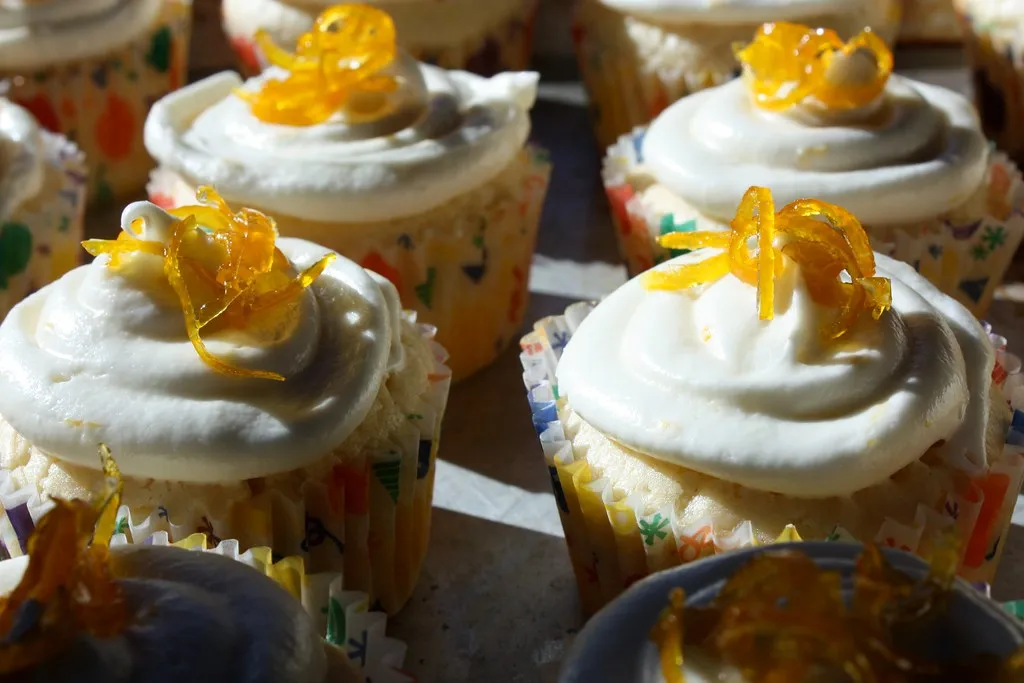
Step 1: Setting the Scene with Vintage Elegance
The ambiance is crucial for an authentic 1920s tea experience. A Gatsby-inspired afternoon tea should exude luxury and refinement, even in the smallest details.
- Table Décor: Use a white lace or embroidered tablecloth, delicate china teacups and saucers, and gold-rimmed plates to reflect the grandeur of the era.
- Floral Arrangements: Opt for white roses, peonies, or hydrangeas in an elegant crystal vase to recreate the lavish floral displays seen at Gatsby’s parties.
- Candles and Glassware: Art Deco-style candle holders, pearl garlands, and vintage glassware add to the sophisticated atmosphere.
- Music: Play soft jazz or swing music in the background to immerse guests in the Roaring Twenties. Artists like Louis Armstrong, Duke Ellington, and Bessie Smith create the perfect mood.
For an extra touch of Gatsby-esque grandeur, consider asking guests to dress in 1920s attire, with flapper dresses, pearls, and feathered headbands for women, and tailored suits or suspenders for men.
Step 2: Crafting the Perfect Afternoon Tea Menu
A proper afternoon tea consists of a well-balanced selection of sweet and savory bites, paired with high-quality teas. Since lemon cakes are the highlight of the menu, they should be complemented by other light and refined treats.
Savory Selections:
- Cucumber and cream cheese sandwiches – A classic tea sandwich with a refreshing crunch.
- Smoked salmon and dill bites – Small canapés topped with smoked salmon and a hint of lemon zest.
- Mini quiches – Individual-sized quiches with flavors like spinach and cheese or mushroom and caramelized onion.
Sweet Treats:
- Gatsby-inspired lemon cakes – Light, citrus-infused sponge cakes, optionally drizzled with a delicate lemon glaze.
- Macarons in pastel colors – French almond meringue cookies filled with lemon, vanilla, or raspberry cream.
- Scones with clotted cream and jam – Buttery, flaky scones served with fruit preserves and Devonshire cream.
- Little Mini Cupcakes, Big Impressions.
Tea Selection:
- Earl Grey – A refined black tea infused with bergamot, complementing the citrus notes of the lemon cakes.
- Jasmine Green Tea – A floral, fragrant tea offering a delicate balance of flavors.
- Chamomile or Lavender Tea – A caffeine-free herbal option for a soothing, elegant experience.
To elevate the experience further, consider serving a signature Prohibition-style cocktail like a French 75 (gin, champagne, lemon juice, and sugar) or a mint julep alongside the tea.
Step 3: Presenting the Lemon Cakes in True Gatsby Style
Presentation plays a key role in the luxurious aesthetic of a Gatsby-inspired afternoon tea. Lemon cakes should be displayed in a way that reflects the opulence of the era.
- Serve on a tiered cake stand alongside macarons and scones for a classic afternoon tea presentation.
- Dust with powdered sugar or gold leaf to enhance their elegance.
- Garnish with fresh edible flowers or thin lemon slices for a delicate, refined look.
- Pair with vintage china and silver dessert forks for a sophisticated serving experience.
For a theatrical touch, have a server or host bring out the lemon cakes on a silver tray, much like how Gatsby’s staff would have presented refreshments to guests in his grand mansion.
Step 4: Creating an Engaging Gatsby-Themed Experience
An afternoon tea is more than just food and drinks—it is an experience. Incorporate activities and entertainment that celebrate the spirit of The Great Gatsby.
- Great Gatsby Trivia or Book Discussion – If hosting a book club event, discuss key themes of the novel, including wealth, love, and the illusion of the American Dream.
- 1920s Dance Tutorial – Teach guests basic Charleston or foxtrot steps to bring the Jazz Age to life.
- Photo Booth with Gatsby Props – Provide vintage-style hats, pearls, cigarette holders, and Art Deco-themed backdrops for fun photographs.
- Dramatic Reading of Gatsby’s Iconic Quotes – Ask guests to recite their favorite quotes from the novel, such as Gatsby’s famous line, “Can’t repeat the past? Why of course you can!”
Encourage guests to embrace the extravagant, carefree spirit of Gatsby’s world. A well-planned tea party should feel like a fleeting moment of indulgence, much like the glamorous yet ephemeral parties at Gatsby’s mansion.
Step 5: Ending the Afternoon with a Touch of Nostalgia
To leave a lasting impression, consider sending guests home with small tokens of appreciation that capture the essence of The Great Gatsby.
- Individually wrapped lemon cakes in decorative boxes make a charming party favor.
- Vintage bookmarks with Art Deco designs as a nod to Fitzgerald’s literary masterpiece.
- Personalized handwritten notes with quotes from the novel, sealed with gold wax for an elegant finish.
As the tea party draws to a close, remind guests that, like Gatsby’s grand soirées, the experience was meant to be an enchanting escape into a world of elegance and refinement.
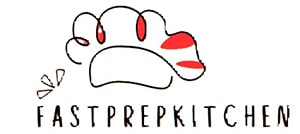




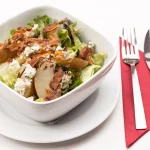
[…] Cake: The tangy zest of lemon cake pairs beautifully with a variety of teas, especially green tea or herbal teas like chamomile. The […]